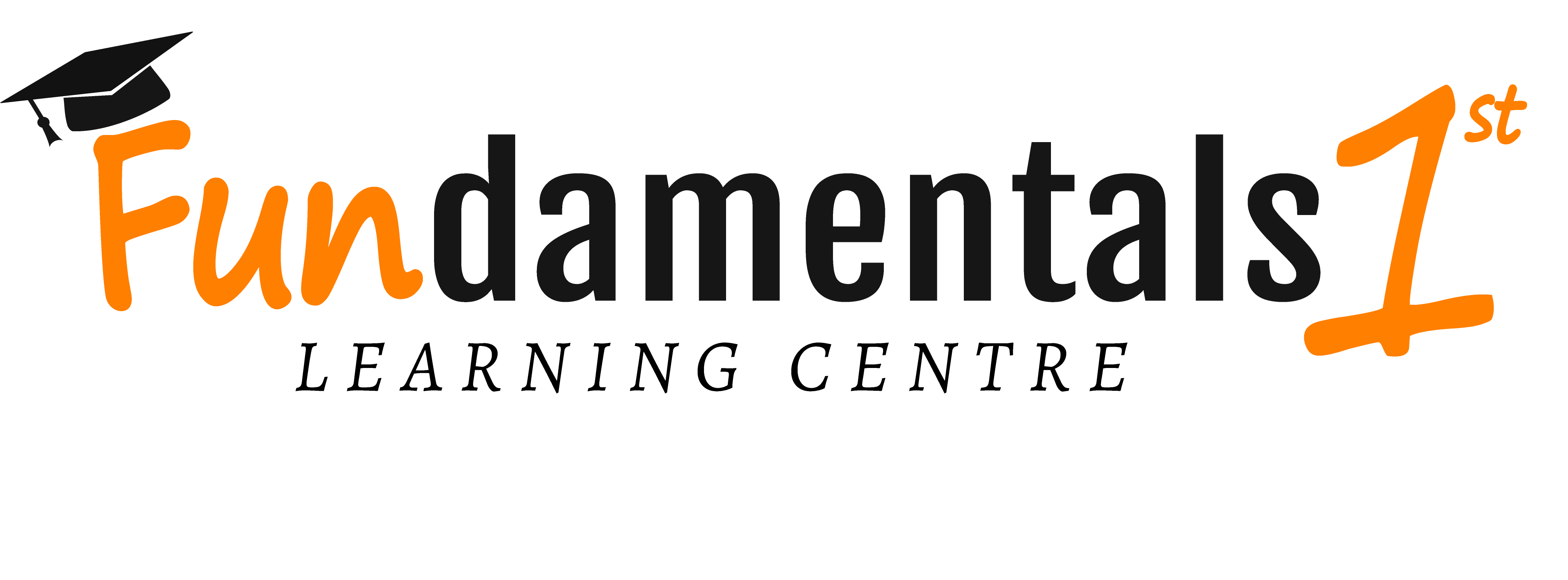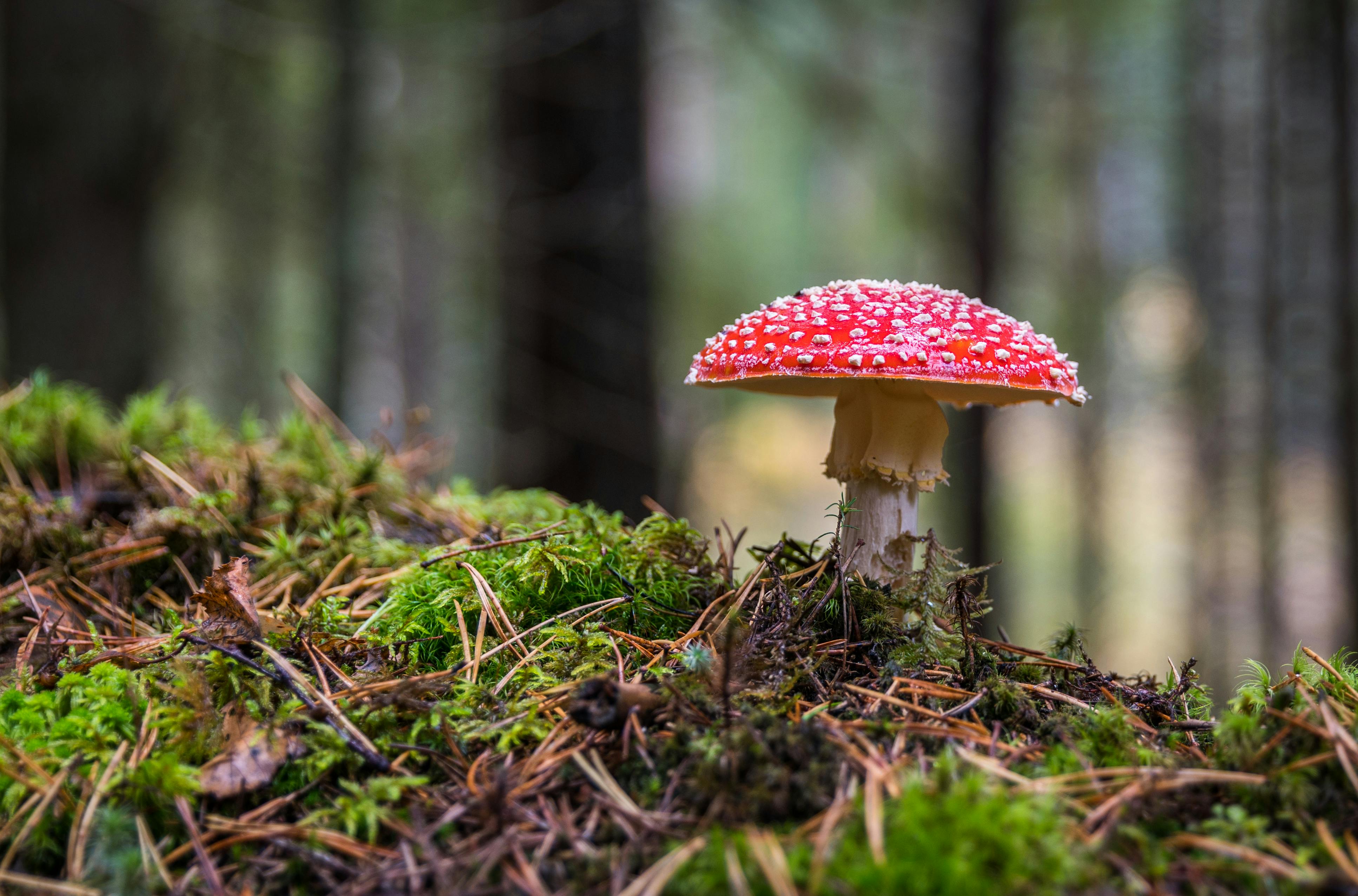
The Marvels of Bioluminescence: Nature’s Glow-in-the-Dark Wonder
Have you ever seen a jellyfish glowing in the ocean or pictures of fireflies lighting up a summer night? That magical glow isn’t a camera trick or fairy dust—it’s a real phenomenon called bioluminescence, and it’s one of nature’s coolest tricks.
Let’s explore how and why some creatures light up like living glow sticks. Spoiler: it’s not just for show!
💡 What Is Bioluminescence?
Bioluminescence is the ability of a living organism to produce light through a chemical reaction inside its body. Unlike your bedroom lamp, this glow doesn’t need electricity—just a special mix of molecules.
Here’s how it works:
- A molecule called luciferin reacts with oxygen.
- An enzyme called luciferase helps the reaction happen.
- The result? Light, often blue or green in color.
This process is super-efficient—almost no heat is produced. That’s why it’s sometimes called “cold light.”
🌊 Where Can You See It?
Bioluminescence isn’t just rare—it’s hidden in some pretty surprising places.
🌌 In the Ocean
About 80% of bioluminescent creatures live in the sea. These include:
- Jellyfish
- Deep-sea fish (like the creepy anglerfish!)
- Glowing plankton, which can make entire beaches sparkle at night
Some of the best places to see glowing waves or beaches?
Puerto Rico, Maldives, and Toyama Bay in Japan.
🌳 On Land
- Fireflies are the most famous land-based glow bugs.
- Some fungi (yes, glowing mushrooms!) can also light up forests.
- A few types of glowworms are found in caves and wooded areas.
🤔 Why Do Creatures Glow?
Bioluminescence isn’t just pretty—it’s functional. Nature doesn’t waste energy unless there’s a good reason.
Here are a few:
- Attracting Mates: Fireflies flash patterns to find each other.
- Luring Prey: Deep-sea predators use their glow like a fishing lure.
- Scaring Enemies: Some squid squirt glowing ink to confuse attackers.
- Communication: Certain marine species use flashes to send signals.
🔬 How Do Humans Use It?
Believe it or not, humans are now using bioluminescence in science, too!
- Medical research uses glowing cells to track disease.
- Environmental monitoring: Scientists use glowing bacteria to detect toxins.
- Even some artists and designers are creating glow-in-the-dark clothing and furniture inspired by bioluminescence.
There’s even talk of glowing trees replacing streetlights one day. 🌳💡
🌟 Final Glow Thoughts
Bioluminescence is one of nature’s most dazzling displays—and it’s all happening without a single light bulb. From the deepest parts of the ocean to your backyard on a summer night, these glowing organisms remind us that science can be both useful and beautiful.
So the next time you see something glowing in the dark, don’t be scared—it’s just nature showing off.
At Fundamentals First Learning Edmonton, we encourage our students to explore topics like these that go beyond the surface and spark curiosity about the world around them.




